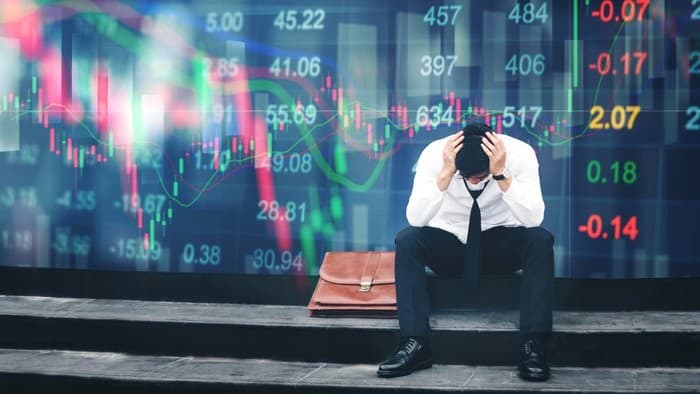S&P/ASX 200 Index (ASX: XJO) has repeatedly smashed records for all-time highs in the past month.
But one expert warned investors to stop thinking that this is normal.
"We always think the booms are normal. They aren't," said Marcus Today director Marcus Padley.
"What we are seeing now is a seemingly anomalous/illogical/inappropriate stock market boom. It is a moment, part of the cycle, but let's not pretend that making money this easily, that the ASX 200 going up 73% in a straight line, is normal."
Padley has been a stockbroker since 1982, and always has a rough boom-bust cycle in his mind.
"I know the industry has good periods (usually), boom periods (occasionally), and terrible periods — once every 3 years there's a standard 10-15% correction and once a decade a crash," he wrote on his blog.
"At the moment we think that this bull market is normal, but it's not — it's great."
So what will turn the boom into bust?
The unfortunate thing is that the share market boom can come crashing down from a very minor event as much as it can from a major catastrophe.
This is because booms end due to market sentiment. That is, emotions, not facts.
"When the herd turns, it turns, and it can do so without planning or logic. It could happen for the most subtle of reasons, or the most obvious, so let us not sit complacently by," Padley said.
"We all have to recognise that we are in the hands of an animal and it is not driven by logic or science. All we can do is watch for it and react to it."
How do we prepare for the market turn?
Padley's strategy is to stay invested and only react after the share market has actually hit the ceiling.
"Sell early and you and I could miss an infinite upside. Sell when the top has started, not before, and make decisions based on how much downside we can take," he said.
"'But what if it crashes?' I hear you ask. The market very rarely gaps down without warning. We just have to hope we are attuned to the signs and do something about the sell-off before it turns into mainstream panic."
For now, he advised investors to not fear the end of the boom too much.
"This could go on for years… Turn on our screens every day and continue to make decisions based on all the things that happen in fact, rather than making decisions on all the things we can imagine but cannot possibly know."
In the meantime, he's looking forward to the occasional correction, so that he can buy up discounted shares.
And once we're in the bust phase? Same as waiting for the top, keep your monitor on to see when the bottom arrives.
And be prepared to act.
"You'll need a watchlist of stocks you want to buy, and you might as well start that now. It is the same as the list of stocks you wish you had bought already but didn't."









